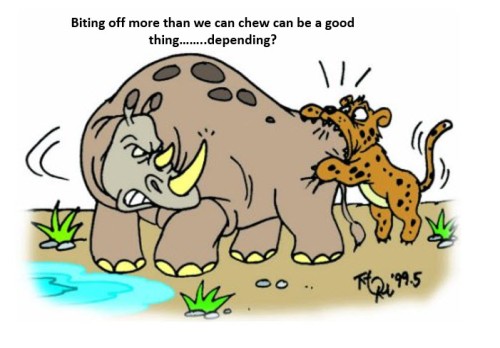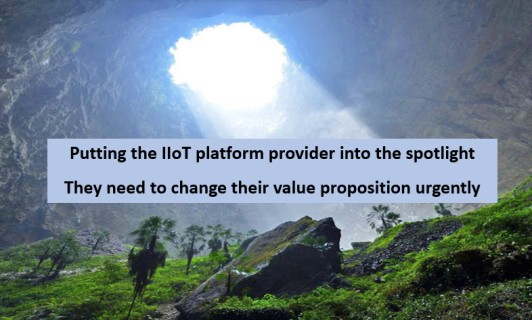 You certainly have to make choices in life in where you focus your energy, otherwise, it gets way to complicated. For me to learn about Ecosystems and Platforms I have chosen a “select” group of IIoT players or advisors in their field to concentrate upon. Increasingly the insights and leading knowledge seems to be less coming out of the Big Consulting firms but more from those actually operating in the Industrial world (IIoT players).
You certainly have to make choices in life in where you focus your energy, otherwise, it gets way to complicated. For me to learn about Ecosystems and Platforms I have chosen a “select” group of IIoT players or advisors in their field to concentrate upon. Increasingly the insights and leading knowledge seems to be less coming out of the Big Consulting firms but more from those actually operating in the Industrial world (IIoT players).
These IIoT companies are living and breathing industrial solutions to achieve the digital transformation we see coming towards us. These are companies operating at the edge, in the middle in manufacturing the physical solutions or providing or combining the software solutions and they have their heads and assets firmly in the clouds every day. and on the ground. They are actually building the new IIoT world.
These are the likes of Siemens, Bosch, GE, Schneider Electrics, ABB and a few others. Then I often take a look at those operating from their China base, to build my continued understanding of the greater (to date) B2C market and where one, specifically. takes out their ever-growing ambitions, namely Alibaba.
Then, of course, you often “drink in” the consultant’s reviews or reports on our progress on digital transformation or industry 4.0 but they are increasingly lagging the players with a real deep “skin in the game”, that of providing their client’s real tangible solutions. The pace of building an IIoT network is accelerating. I try to keep up and “project ahead” in the limited ways I can. Everything continues to change and accelerate in providing digital IIoT solutions.
 I had mentioned in a related post on my other
I had mentioned in a related post on my other 
 In my opening post (
In my opening post ( I have been reflecting recently on where we are in all the efforts, focus, and resources, that have been going into the building of our IIoT platforms. This has mainly been around the questioning of where they should fit within the needs of an ecosystem, the end outcome of our new industrial design, in my opinion, that enables digital transformation.
I have been reflecting recently on where we are in all the efforts, focus, and resources, that have been going into the building of our IIoT platforms. This has mainly been around the questioning of where they should fit within the needs of an ecosystem, the end outcome of our new industrial design, in my opinion, that enables digital transformation.
 Market dynamics have changed dramatically in the past few years. The concept of connected networks has been having an increasing impact on all industries and market sectors.
Market dynamics have changed dramatically in the past few years. The concept of connected networks has been having an increasing impact on all industries and market sectors. Gosh, where do you start on thinking through “digital twins”. The manufacturing industry is exploding with their digital twins to mimic their physical operations,
Gosh, where do you start on thinking through “digital twins”. The manufacturing industry is exploding with their digital twins to mimic their physical operations, As I have been focusing on the Industrial platform providers like Bosch, Siemens, Schneider Electric and GE, you constantly see part of their partnership validation has been with Microsoft Azure, or Amazon and AWS or even both in some form or another. Comforting, reassuring perhaps, or is it?
As I have been focusing on the Industrial platform providers like Bosch, Siemens, Schneider Electric and GE, you constantly see part of their partnership validation has been with Microsoft Azure, or Amazon and AWS or even both in some form or another. Comforting, reassuring perhaps, or is it? IIoT platforms-as-a-service are gaining ground. In
IIoT platforms-as-a-service are gaining ground. In